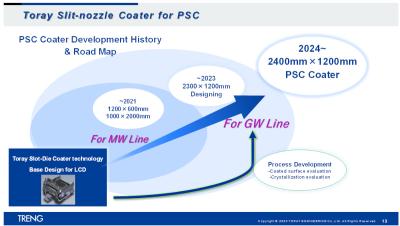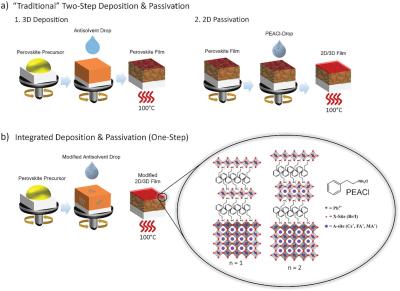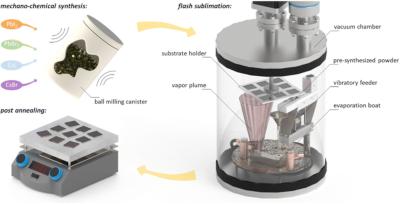Toray Engineering to Ship Large Size Slot-die Coater for GW Perovskite Production Line
Toray Engineering says that it will ship large size slot-die coaters for an upcoming Gigawatt scale (GW) perovskite production line. The first shipment is scheduled in the second quarter of 2024.
This upcoming production line will be the world’s largest perovskite PV production line, with a glass size of over 2 meters in size. Toray plans to ship multiple large-scale (over 2 meter) slot-die coaters in 2024 for perovskite production.
Toray Engineering’s slot-die coaters have already been used worldwide in perovskite coating processes in several installations. The company reports that market and customer demand is on the rise, and several companies are planning to construct large-area perovskite production lines, with glasses over 2.4 meters in size. Toray Engineering has produced and sold over 800 large-size slot-die coater systems, and is the only company that has successfully produced and shipped large slot-die coaters.




